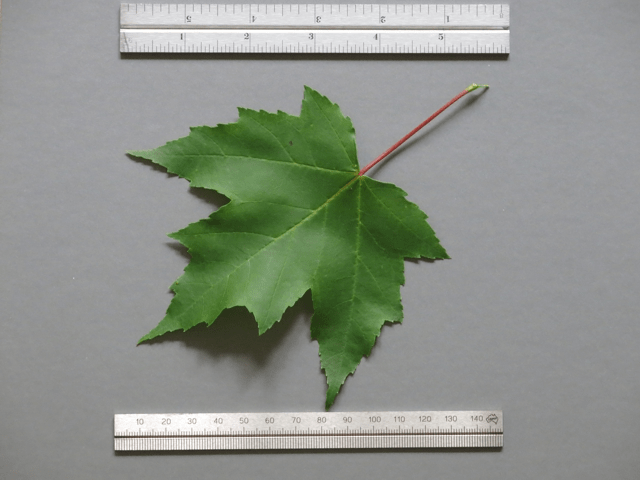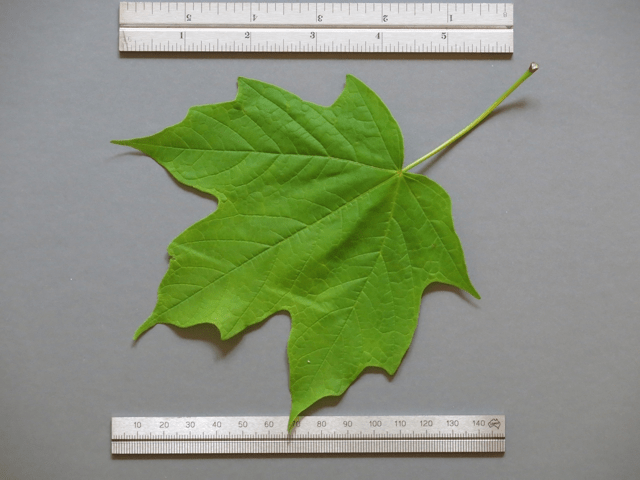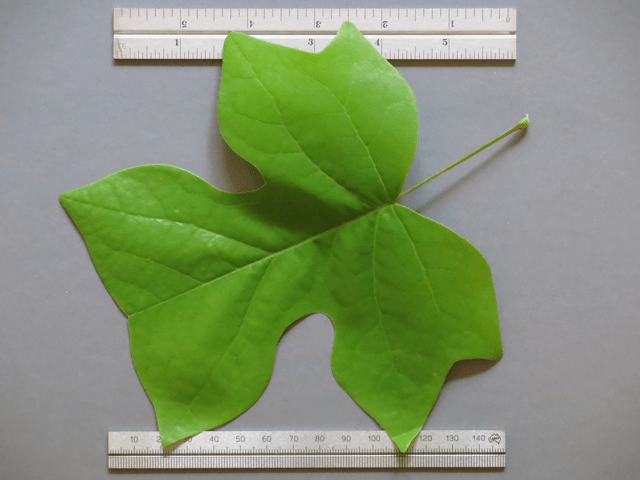
Woodworker, designer, great cook and all-around nice guy Tom Bonamici volunteered to help translate more sections of M. Hulot’s “L’Art du Tourneur Mécanicien” (1775) that deal with the low workbench.
I have devoted lots of brainpower to this bench lately, and I have many ideas and theories I will test when I build the chairmaking and mortising jigs Hulot describes for my own low Roman workbench.
For the time being, I’m going to hold my tongue and just let you enjoy some of the interesting details unearthed by Tom’s translation.
Tom provided two versions. One is a straight translation that embraces Hulot’s flowery cadence. The second is a condensed version that gets right to the point.
— Christopher Schwarz
Description of a Saddle which serves for planing, mortising, and assembling the work.
The Figure 4, Plate 13, represents a type of bench which is named a Saddle for planing and assembling; it’s a piece of oak of 5 feet in length by 12 to 14 inches in width, and very thick, carried on four strong legs below, R, Y, X, Z, which enter through as many round holes drilled in the bottom of the Saddle, A B. The Worker has his face turned towards the head, H B, which is a big piece of softwood, such as alder, and of which the bottom forms a flat tenon which passes through a mortise in the Saddle; the upper part [of the alder head] forms a type of stepped stop, of which the steps are notched in different ways, some perpendicular and shallow, for receiving the end of flat pieces to be planed on their edge [see vertical notch just to the left of the letter B, Fig. 4, Pl. 13]; the flat steps receive pieces to be planed on their face. Other steps are notched horizontally and vertically in the form of a little spoon, for receiving the end of a baton. There are more little vertical notches next to this hollow, which can be seen in the figure [Fig. 4]. Independently of the tenon which fixes the head H, it [the head] is supported by the cross beam K, also named the transom, head, or buttress of the head, & which is supported at the end & across the Saddle, by two strong pegs of strong and binding wood, such as ash or dogwood, which pass perpendicularly across the cross beam and the Saddle.
If the wood to be planed is big & long, one doesn’t sit on the Saddle, but one stands upright, & one places the end of the wood in the corner H K formed by the cross beam and the side of the head of the Saddle.

Description of the work planing Belly.
The Worker is obliged, in planing a piece of wood, to support its end against his stomach; & so as not to hurt himself, he has in front of him a mass or block of wood that’s named the Belly.

This Belly is a type of wooden palette of oak, a foot long, 6 inches wide, & about 1/3 of an inch thick, Pl. 13, fig. 10. The top part is cut in a roughly oval shape, F I, f G; the bottom part, F I, f k, is made in a roughly semicircular shape; & as the Turner places this Belly in front of himself, the cord of his apron passes from F to f, and by this method the Belly is held fast. In the middle of the oval, one places a block L, of softwood, round, 3 to 4 inches in diameter, by around 2 to 3 inches in thickness, made of end grain, and in the center of which has been inserted a pin l of hardwood, & which is held by a friction fit in a hole in the center of the Belly’s oval; one cuts the end of this pin flush off at the back so that it doesn’t hurt the Artist. On the face of this block, one makes a very shallow groove in the shape of a cross, which serves to hold the flat pieces to be planed, either on their face or on their edge. See Pl. 31, vignette, fig. 3, where the Turner is occupied in planing. Below figure 10, Pl. 13, we see the block shown in perspective; l, is the tenon or pin which enters in the hole in the middle of this block. The holes I, I, which are at the bottom, in the semicircle of these Bellies, serve to hang them on the wall when not in use.

Another use of the Saddle, which is also called the Assembly Saddle, is to firmly hold the workpiece by the means of three dogs I, D, D, fig 4, Pl 13, making three sorts of poppets of well-binding wood, such as ash, which enter by tenons and mortises into the Saddle. The tenon needs to be flush to the interior face of the poppet, which are named dogs [entaille means notch, literally, but that doesn’t feel quite right in this situation. I’m using ‘dogs’], & that their arris is on the opposite side, and on the exterior of the heads of these same dogs, so that they don’t reverse themselves under the forces of working; it’s between these three dogs that one holds the work that one wishes to mortise, regardless of whether the workpieces are round or square. I suppose that one has to mortise the two back legs of a chair E E F, which are turned, we have the custom of cambering them, so that the back of the chair has recurve, & is consequently more comfortable, which we will discuss later. These two legs are therefore placed between the three blocks D, D, I, one fixes them in this state by the means of a block of wood, square & straight L, & also by a wedge of wood C, which one drives with force with an iron mallet AB, fig. 3; this block L needs to be more or less thick, depending on whether the workpiece is more or less big, & one always places the wedge C, on the side where there’s only one block I, which must by consequence be larger than the others, so that these three points of pressure always maintains parallelism between the pieces which one wishes to mortise. On the head of the block D, which is to the right, one makes a hole flared in the shape of a salt cellar, which one fills with tallow, & in which one plunges the bit of the brace from time to time, which tends to heat up in drilling, which refreshes it [the bit], & eases the friction.
Ordinarily, one makes this Saddle 16 to 17 inches in height, so that the body of the Artist curves, and presses the brace against his stomach to make it work more quickly, finding thusly more force.
Plain Language Interpretation
Description of a Saddle which serves for planing, mortising, and assembling the work.
The Figure 4, Plate 13, shows a type of bench which is named a Saddle for planing and assembling. It’s a piece of oak of 5 feet long, 12 to 14 inches wide, and very thick. The slab sits on four strong legs held in four drilled mortises. The worker faces the head of the saddle, HB, which is a stepped piece of softwood such as alder that’s tenoned into the slab. The head has various steps and notches, which can be used to hold flat workpieces on their faces and edges. There’s also a hollow indent, used for holding the ends of round, baton-like pieces.
The headpiece is also supported by a full-width cross bar that’s firmly pegged across the end of the bench, using two ash or dogwood pegs. Larger work may be worked on standing up, with the end of the work positioned in the corner formed by the cross bar and the stepped headpiece.
Description of the work planing Belly.
When planing or shaving wood, the free end of the work must be supported by the Worker’s stomach. So that the Worker doesn’t get poked, it’s best to use a Belly.
This Belly is made of oak, one foot tall, 6 inches wide, and about a third of an inch thick – see Plate 13, figure 10. The top part is oval, and the bottom part is semicircular, forming a notch between the two forms. The worker ties the Belly on at this notch with his apron strings. A replaceable softwood block is pegged on to the center of the Belly with a friction fit, and the peg is flush-cut on the back of the Belly to ensure the worker’s comfort. This block has a shallow cross-shaped groove on its face, allowing wood to be held horizontally or vertically. The Belly’s use is shown in Plate 31, figure 3, and a detail of the block is shown in Plate 13, below figure 10. A hanging hole, I, is the final touch.
Another use of the Saddle bench is to hold work firmly with three wooden dogs, seen at I, D, D, fig. 4, Pl. 13. The dogs are made out of a sturdy wood, like ash, and are tenoned into the bench with an off-center tenon. The face of the tenon which is flush to the face of the dog is on the side that’s towards the work, providing an arris that helps support the dog during use. The workpiece is fixed between the three dogs using a wedge and a block, L C, which are sized proportionally to the workpiece and driven home with an iron mallet. The wedge is always placed on the side with just one dog, making sure that pressure is applied evenly to the workpiece. On the head of one of the dogs, there’s a hole filled with tallow that’s used to lubricate the bit of the brace when drilling.
The Saddle is usually 16 to 17 inches high, which allows the Worker to bend over and apply maximum pressure to the brace with his stomach.
Like this:
Like Loading...

































